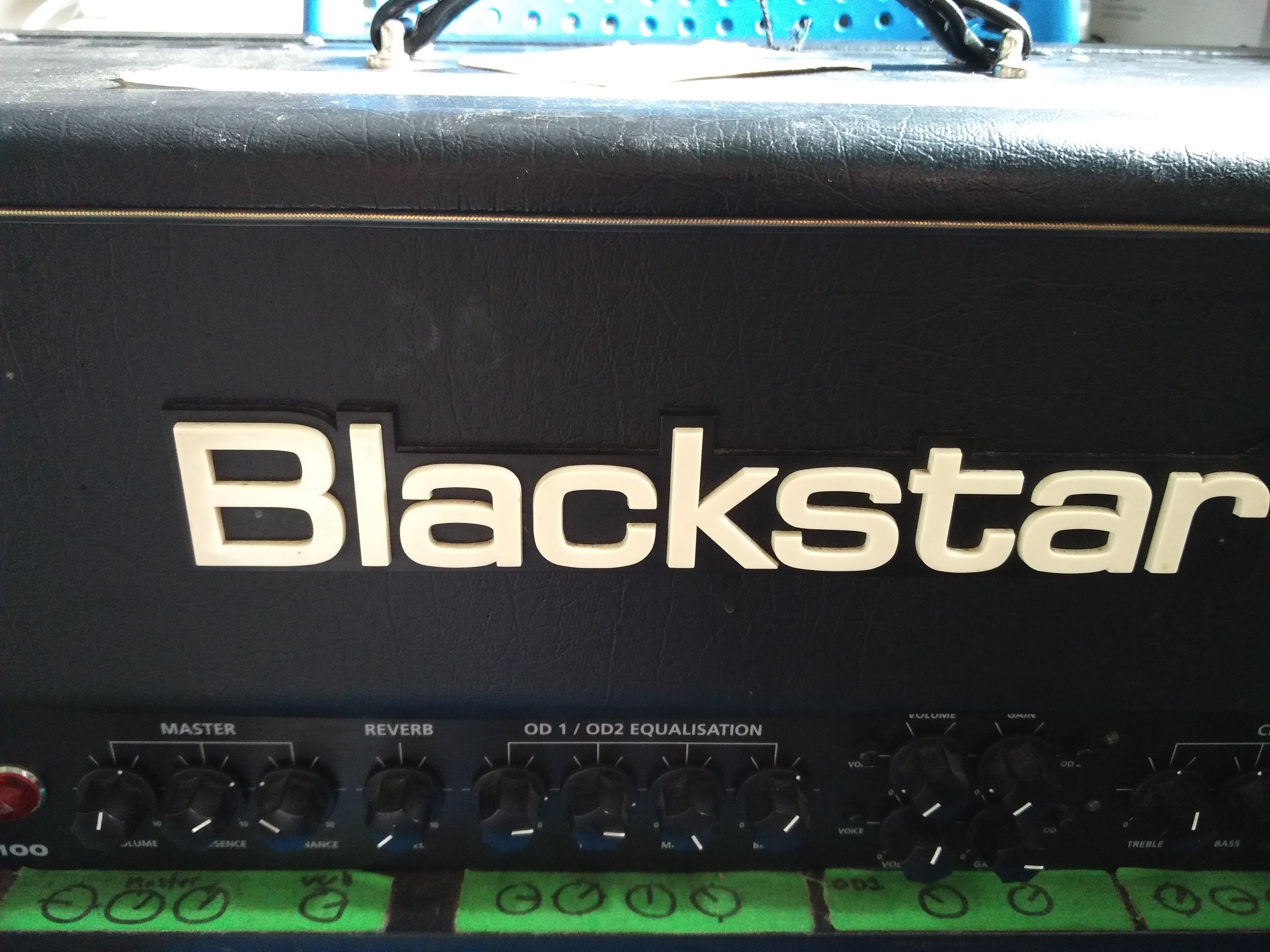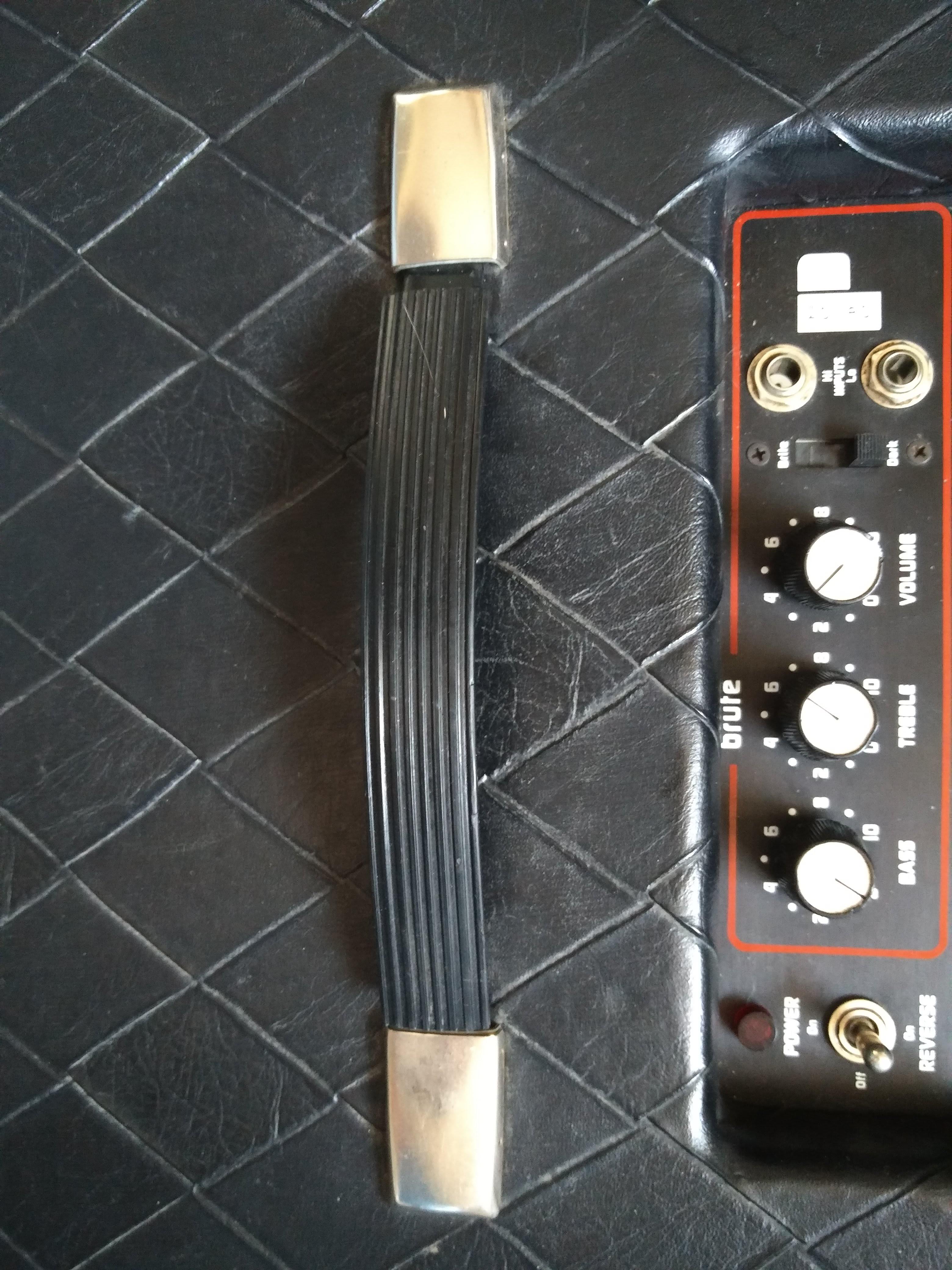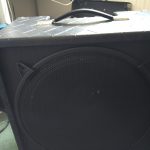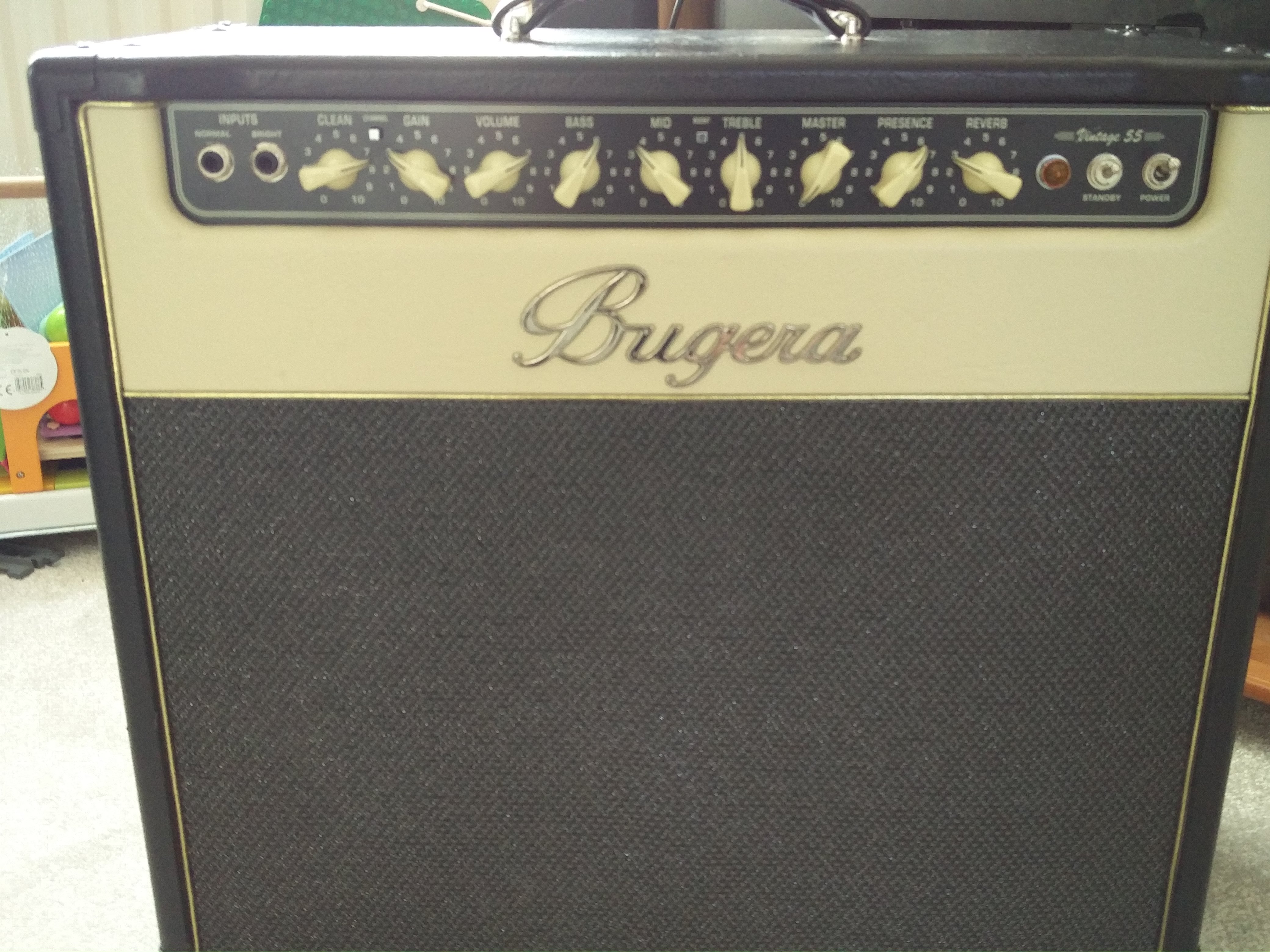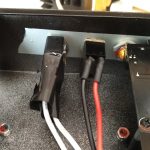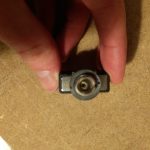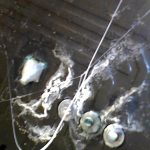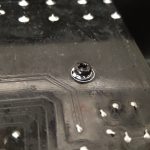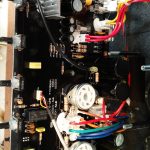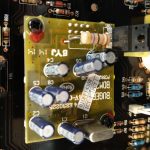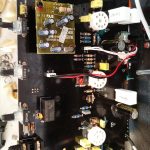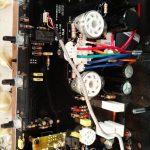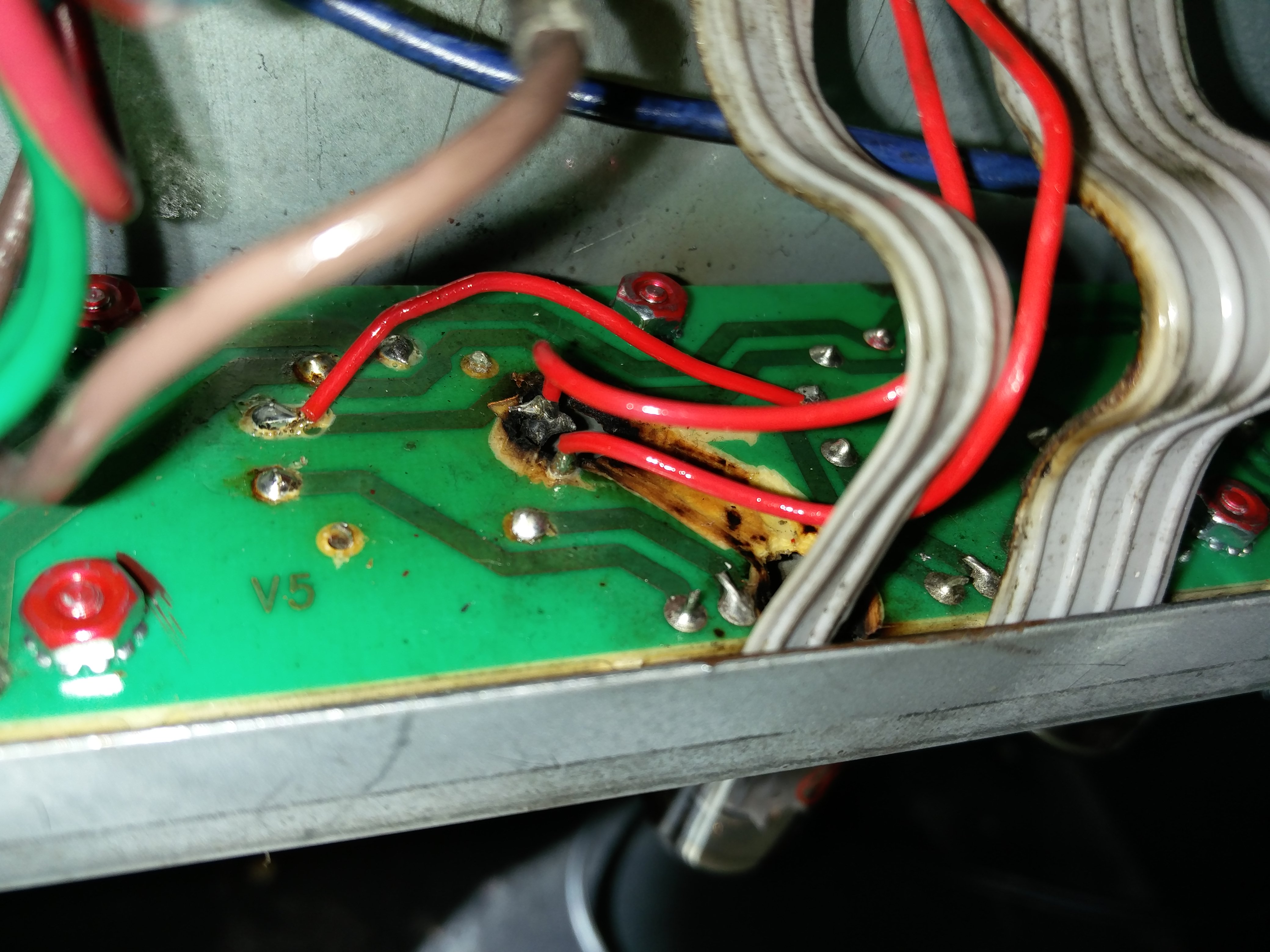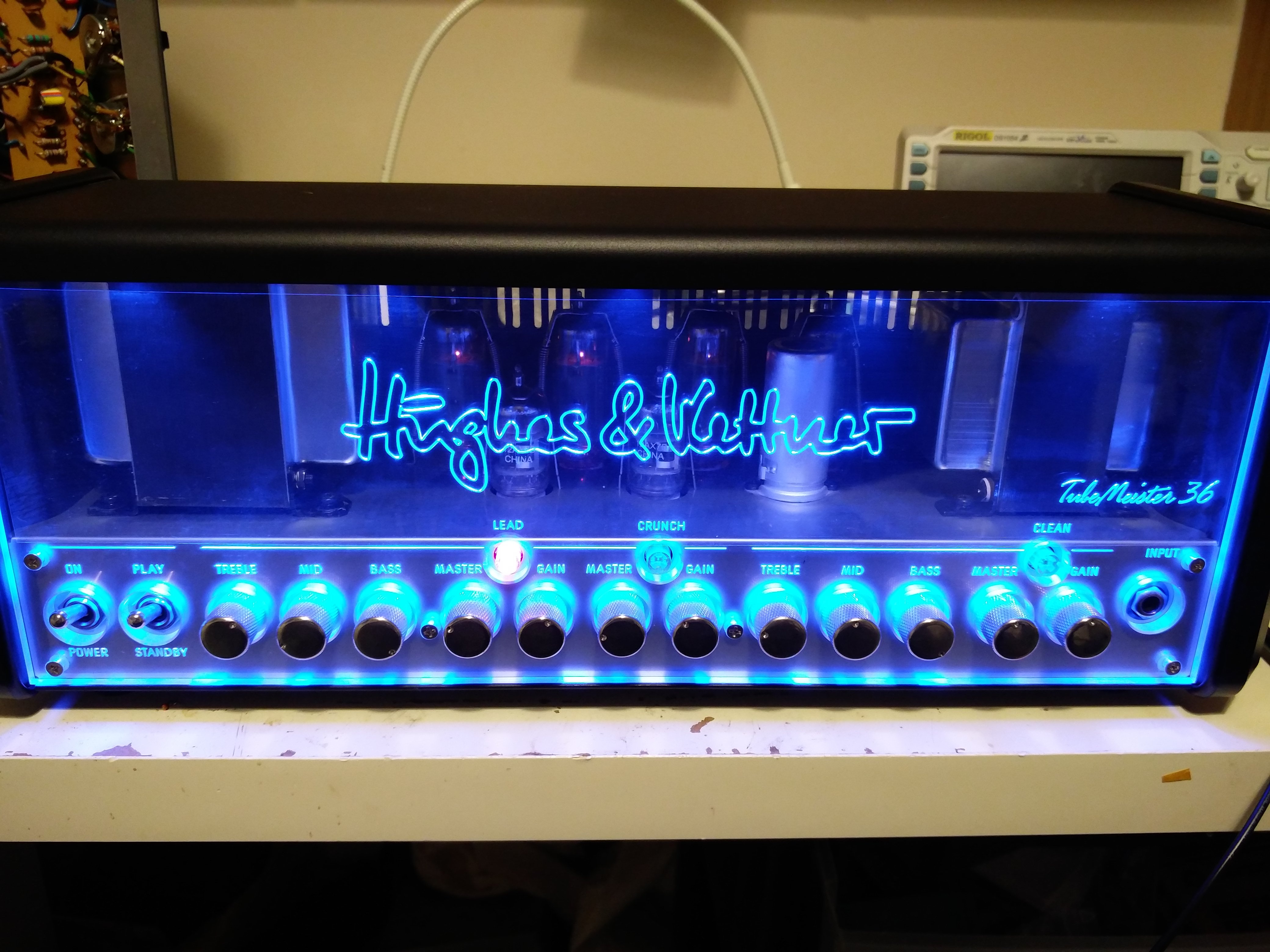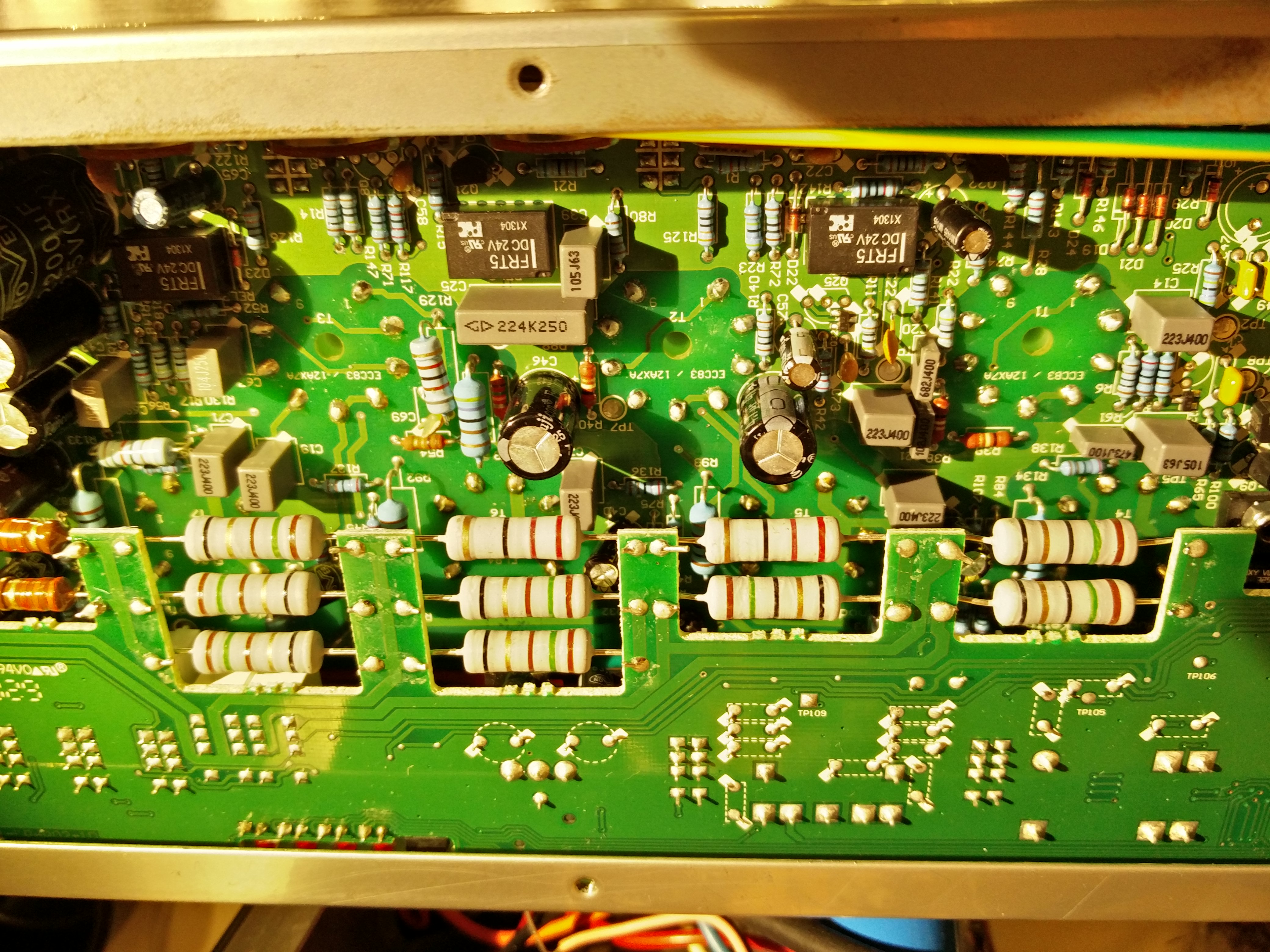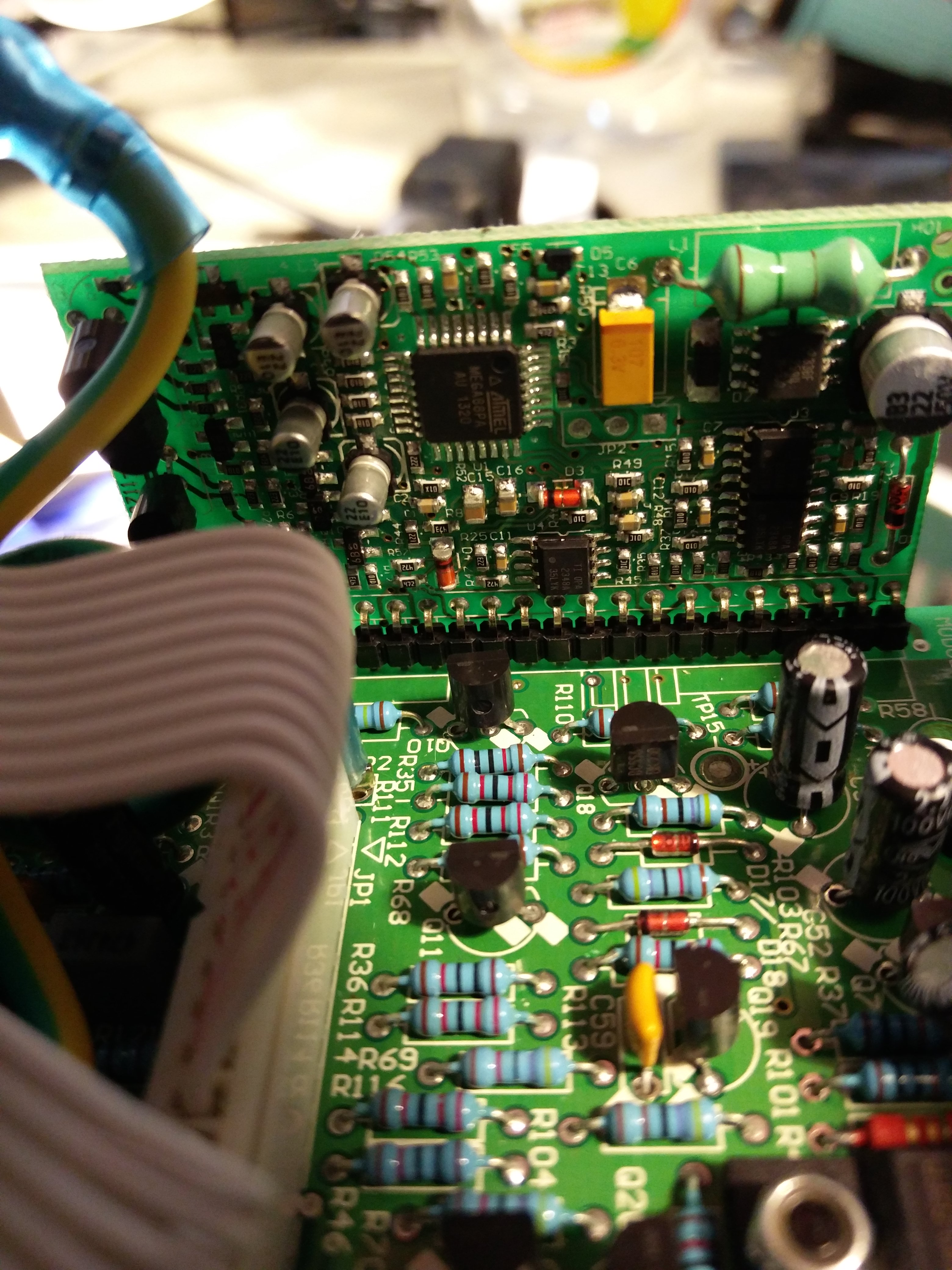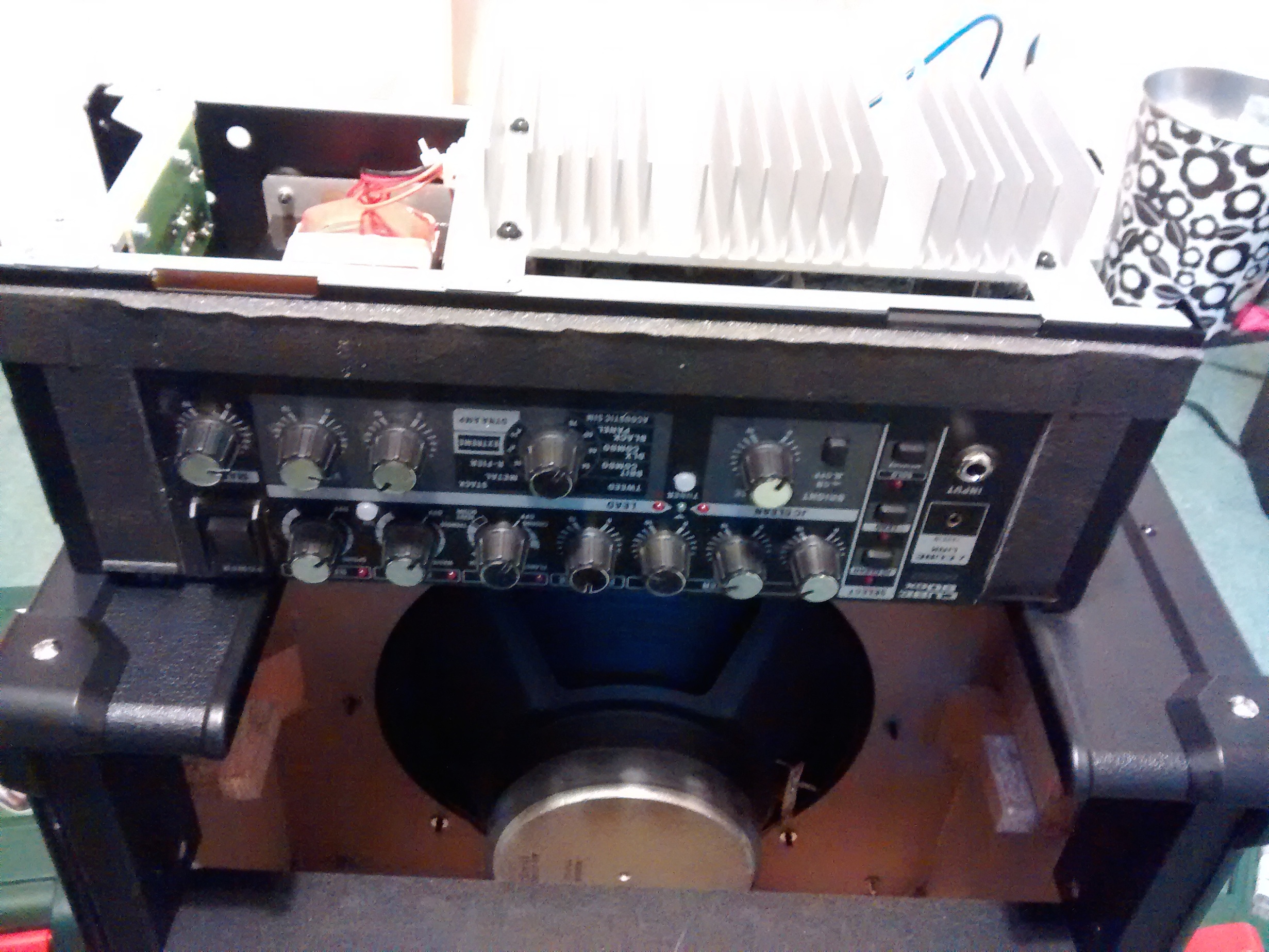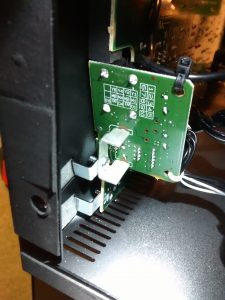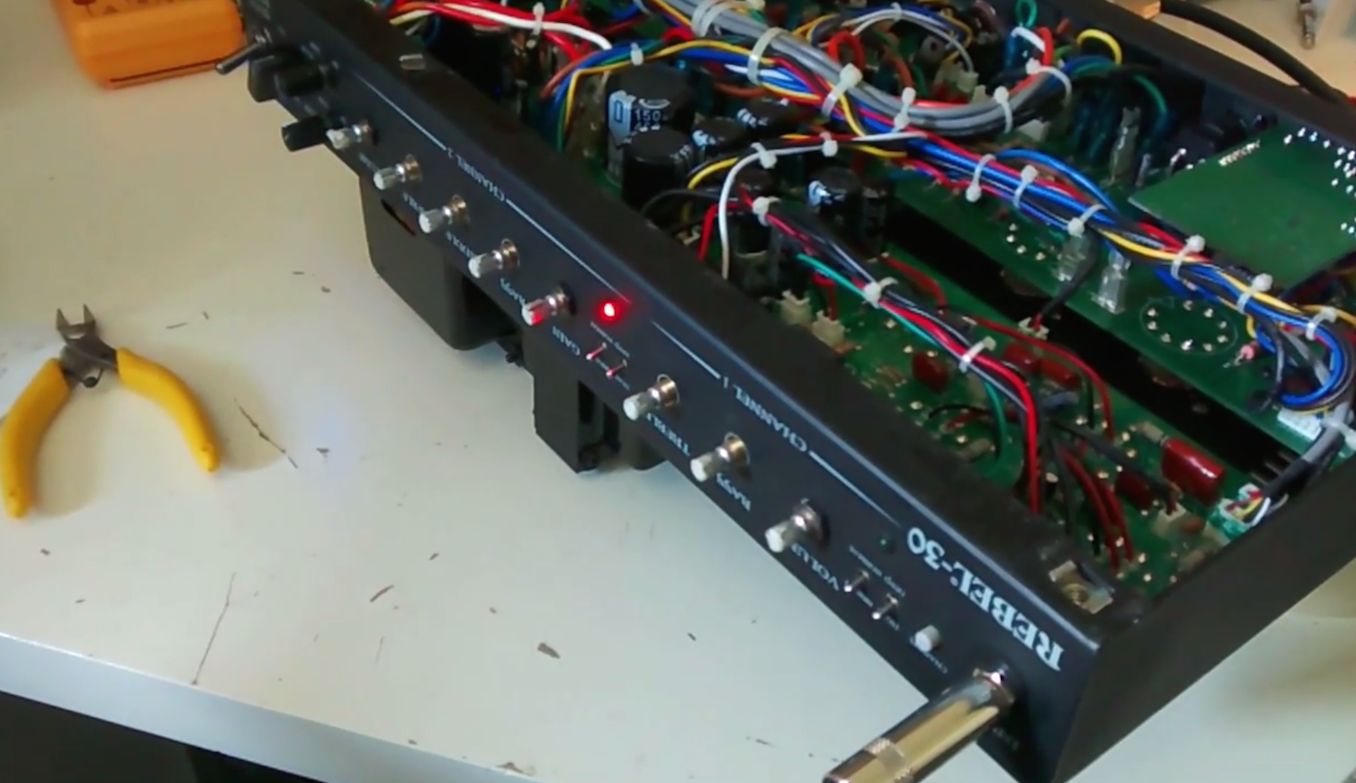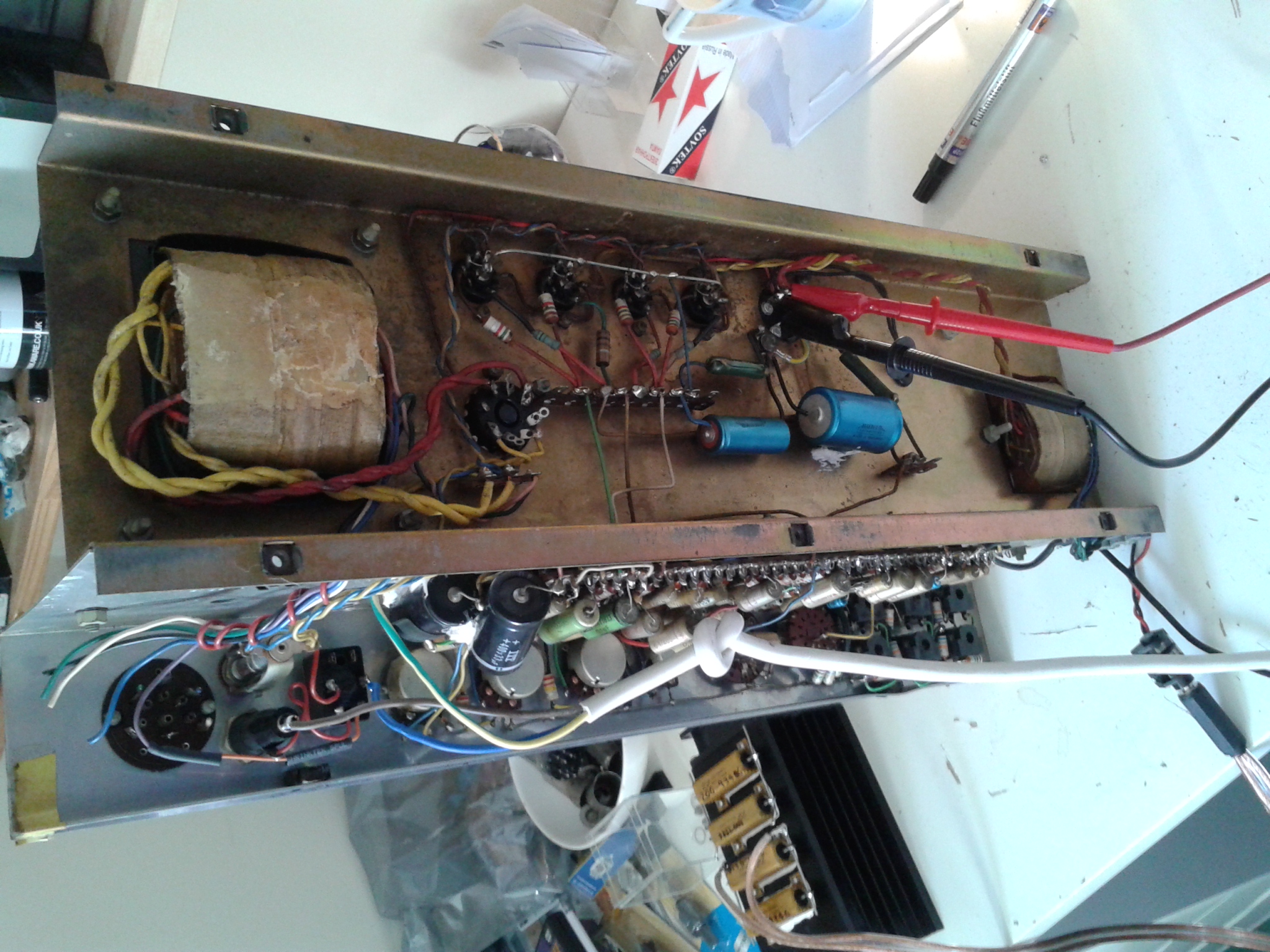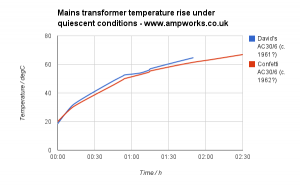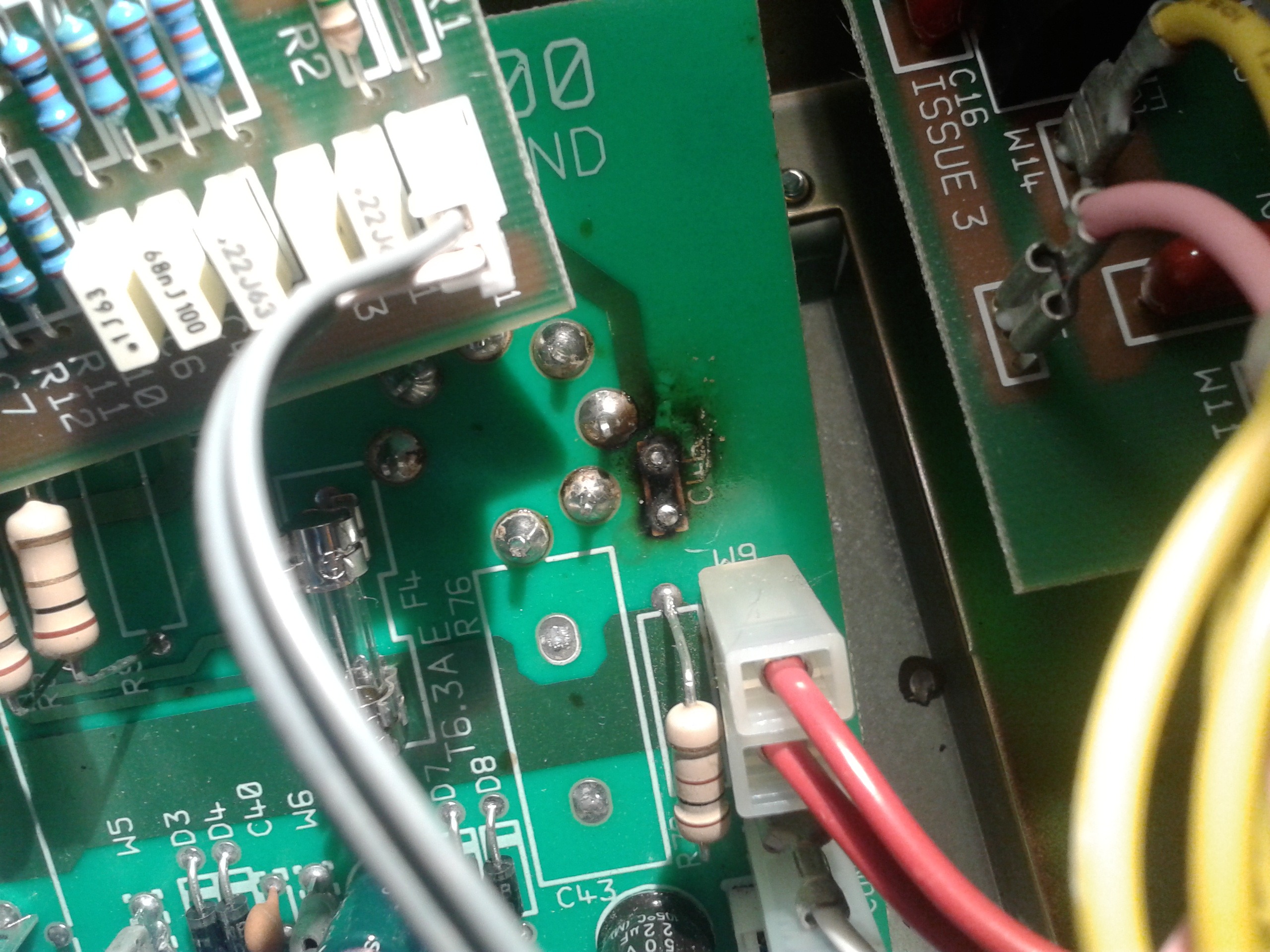This Blackstar HT100 repair was completed for the co owner of an exciting new Grantham based venture ‘Melody Music Rooms’ in Grantham.
Melody music rooms are a rehearsal space, recording facility and teaching space located on Westgate in Grantham . It’s the brainchild of a group of Lincolnshire and Nottinghamshire music teachers who wanted to provide better music services in the area. Not just a building, they run jam nights and busking sessions featuring local young (and old!) musicians. It’s great to have these guys raising the profile of live music in the area, so do check them out on https://www.facebook.com/melodymusicrooms/.
I’m told that this amp has played Wembley(!) as the owners of Melody Music played some high profile support gigs with their old band. It had been retired when it started blowing fuses, but the owner wanted it brought back to life for the new Melody venture.
There were a couple of valves to replace and the amp had blown the bridge rectifer diodes. Unfortunately Blackstar don’t provide schematics for their amps so it’s always a bit of a tough job repairing Blackstar gear.
Normally at this point I’d put a clip of my repair video, but here’s the repaired amp being used in the studio at Melody Music Rooms.
If you need a Blackstar HT100 repair, please drop me a line.

